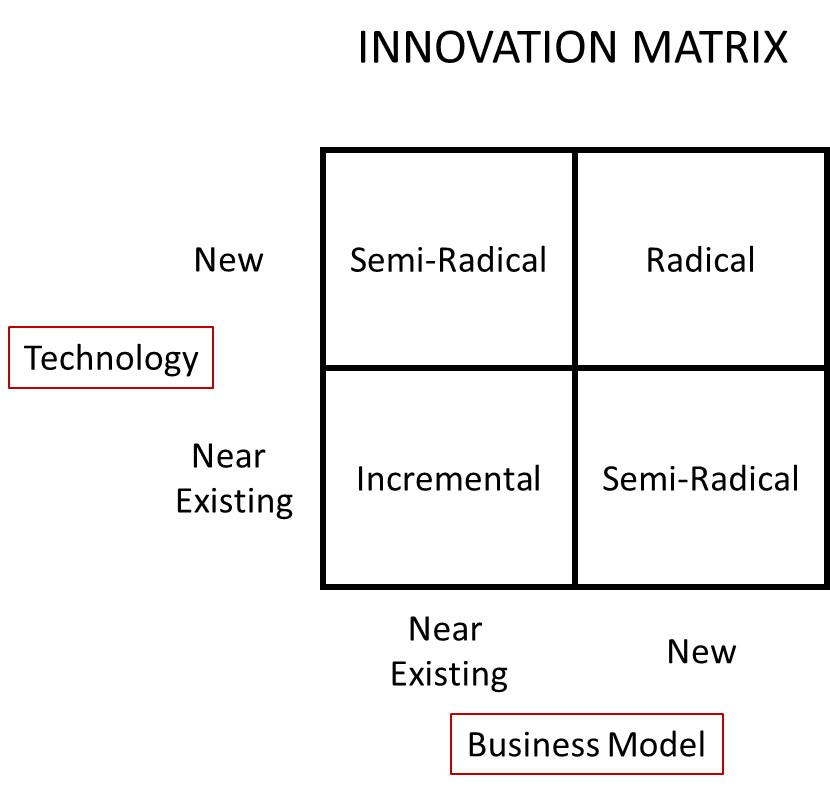Is your organization thinking to employ enterprise social technology? I’d bet they aren’t really ready. Most companies aren’t ready given the reports by Gartner and others regarding goals not being met. Here’s a quick way to gauge readiness – The Innovation Matrix.
 What your company, like most companies, ultimately seeks when employing social tech is to be more “innovative”. Innovation keeps them a step ahead of competitors, generates new lines of business and draws talent to their door. Maybe your leadership sees that more open collaboration, connection and problem-solving between diverse groups is a means to get there. And they’re right but a quick glance inside reveals some problems lie ahead.
What your company, like most companies, ultimately seeks when employing social tech is to be more “innovative”. Innovation keeps them a step ahead of competitors, generates new lines of business and draws talent to their door. Maybe your leadership sees that more open collaboration, connection and problem-solving between diverse groups is a means to get there. And they’re right but a quick glance inside reveals some problems lie ahead.
With the Matrix, start by plugging in your company’s operating or business model; the systems of decision-making, advacement, communication, recognition, rewards, and how work gets done. If you determine that what you have is near existing, i.e. pretty traditional and inhibited, adding social technology (new) is not going to get you far. According to the Innovation Matrix, at best you’ll see something of a semi-radical change. What this equates to is today’s work getting done faster, errors being reduced, less redundancy – greater efficiency? Of course this is only possible IF your people don’t drag their baggage of fear, knowledge hoarding and control into the platform. If they do, then your social tech mirrors the norms of the org and those norms too are near existing. This would then be a blueprint for incremental change only.
Semi-radical isn’t innovation, it’s efficiency and incremental is a dead on arrival in fast moving companies focused on quarterly returns.
As simple as this matrix is it could at the very least serve as a reminder that you simply can’t have one (a vibrant, open networking workforce) without the other (an operating model that supports and encourages vibrant, open networking). New tools used in new ways require a new way of operating.

